Shingles is a painful skin rash caused by the same virus that causes chicken pox. Anyone who has previously had chicken pox – and most of us caught it during our childhood – could get shingles. The chicken pox virus stays in our bodies, moving to the ends of nerve cells near the spinal cord and stays dormant. The virus can become active again at any time, but particularly if your immune system becomes weak. When it reactivates, the symptoms are known as shingles, or herpes zoster. One in three people will be affected by shingles in their lifetime.
A shingles rash can break out anywhere on your body, including your face. What can make shingles easier to diagnose than other skin rashes is that it only breaks out on one side of the body, depending on which nerve root the virus moved to after being infected with chicken pox. Often before the rash appears, the skin can feel sensitive to touch, tingly or burning. The rash breaks out one to 14 days later. The rash can be itchy and later cause mild scarring. Pain can be mild to severe. People with shingles can feel unwell, and have a mild fever, headache or swollen glands. Most people recover within two to three weeks but older people can take a month or more.
What Are The Symptoms?
- Itching – burning or tingling under or on the skin.
- Painful blistering rash in one area – usually on the trunk, chest, face or neck.
- Feeling unwell – with fever and headache.
- Swollen lymph glands – in the neck or under the arms.
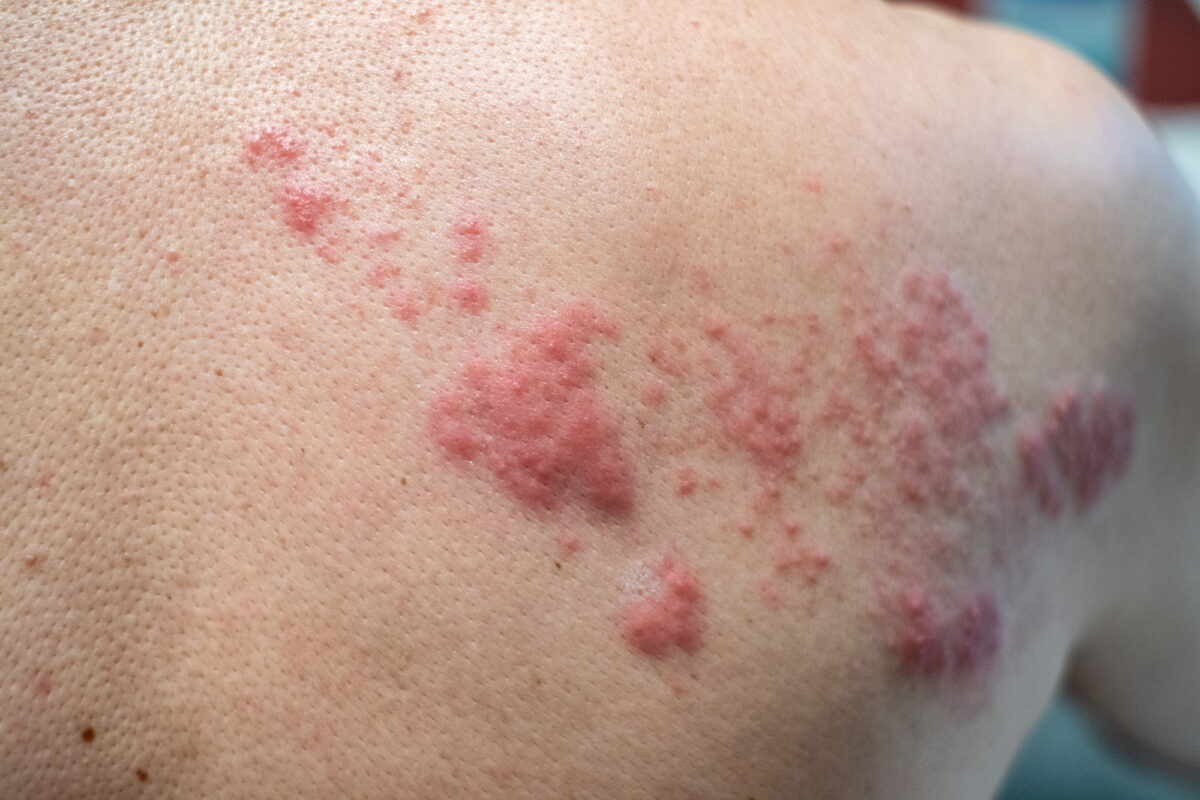
How To Treat Shingles
- Shingles is treated with pain relieving medicines, cooling compresses applied to the skin, topical treatments and steroids if the pain and rash is severe.
- Anti-virals such as aciclovir and valaciclovir are also useful but have their best effect of minimising the symptoms and duration of the outbreak if they are started within about three days of the rash appearing.
Complications
One of the complications of shingles can be a condition called post-herpetic neuralgia. This is ongoing pain at the rash site that can carry on for months and sometimes years, affecting 30% of people with shingles. It can be so debilitating that sufferers may need treatment with anti-seizure or anti-depressant medication. Other complications include bacterial infection of the rash, and eye damage if shingles in the eye is left untreated. Facial shingles can cause ear pain, facial paralysis and loss of taste and hearing.
Risk Factors
- Shingles is most common in adults over the age of 50.
- People that take medicines that lower the immunity (eg chemotherapy) or have medical conditions that lower the immune system are at increased risk.
- Major surgery, an injury to the skin, sunburn and emotional stress are also thought to trigger shingles in some people.
- Pressure on nerves – such as following a slipped disc.
- Chicken pox – in the first year of life.
How Can I Avoid Getting Shingles?
The best way to avoid shingles is prevention and there are two vaccines available that can help do this:
Chicken pox (varicella) vaccine – A single dose is available for children when they are 15 months old and is fully funded on the National Immunisation Schedule (since 1 July 2017). It is also free for 11 year olds who have not been immunised already and have not had a confirmed chicken pox infection. A second dose is also available 3 months before or after the first dose which can improve the vaccines effectiveness, but this extra dose is not funded.
If children have had a single dose of the chicken pox vaccine, 80% will have full immunity against varicella disease and therefore will not get shingles later in life, and 99% will have protection against severe infection.
Shingles (varicella-zoster) vaccine – Recommended for adults over the age of 50. The shingles vaccine (Shingrix) is free for adults in the 12 months after their 65th birthday. Two doses are given, approximately 2-6 months apart and it is important to receive both doses to get maximum protection. The vaccine is over 90% effective in preventing shingles if two doses have been taken, and helps to offer sustained protection from shingles for up to 11 years. Whilst it may not offer 100% protection in all people vaccinated, it will reduce the duration and severity of a shingles attack.
It is generally well tolerated although some people report getting pain, redness, swelling, or itching around the injection site. It is a live vaccine so cannot be used in children, pregnant women or people with medical conditions or receiving treatment that affects their immune system.
Many pharmacies now have trained vaccinator pharmacists who are able to give the shingles vaccine to people over the age of 50. Discuss with your pharmacist whether the shingles vaccine might be something you need.
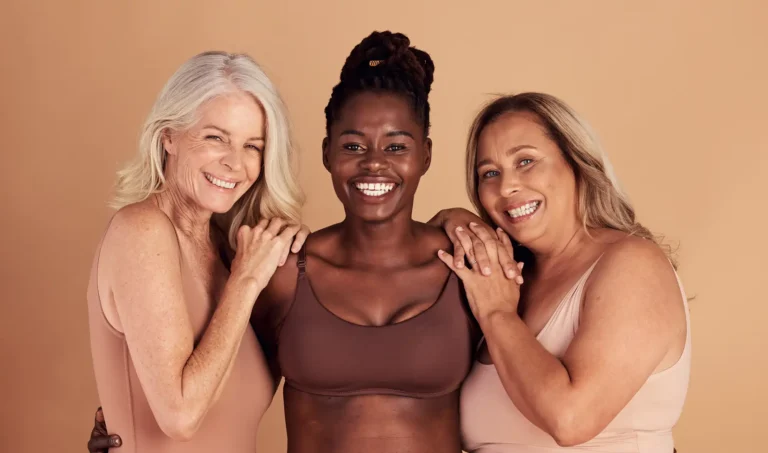







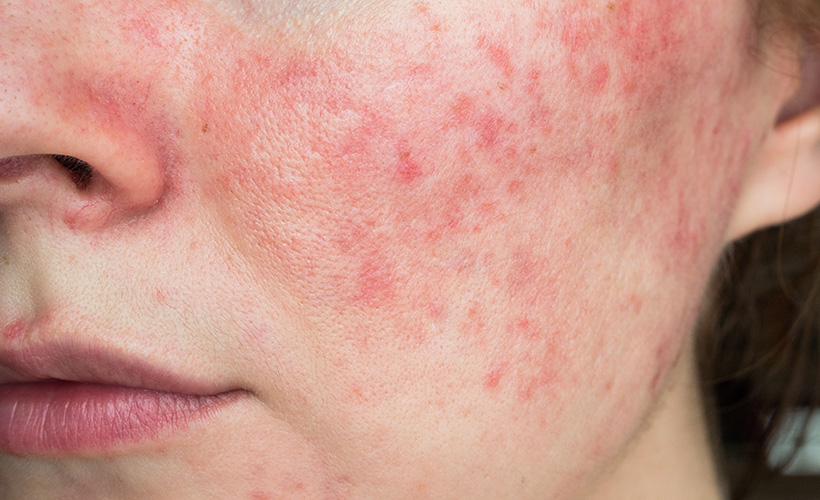

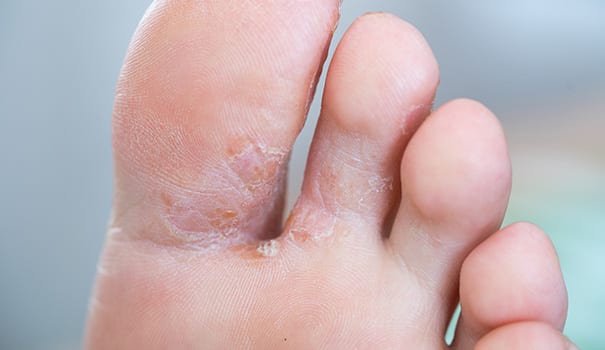


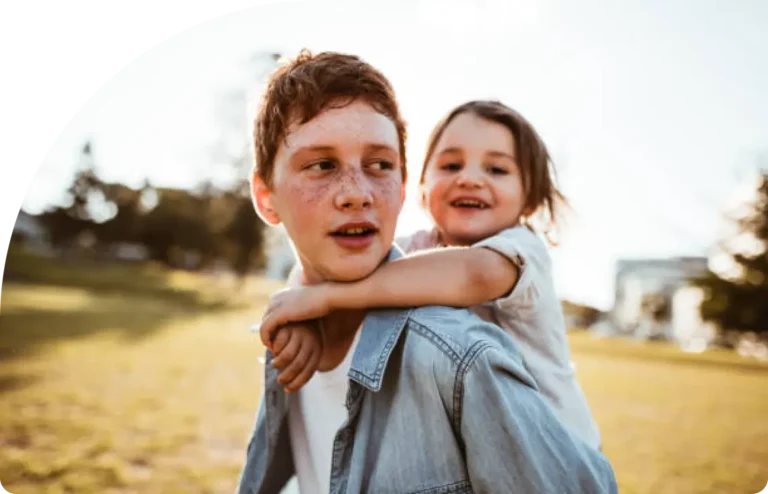

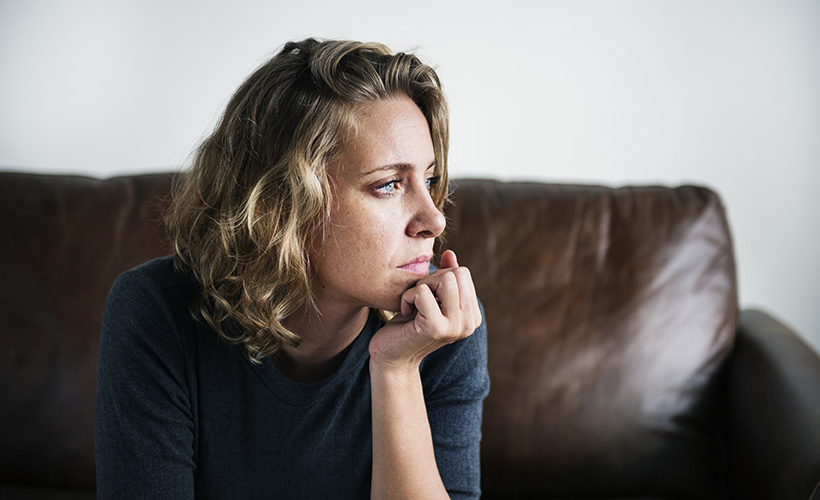


Community